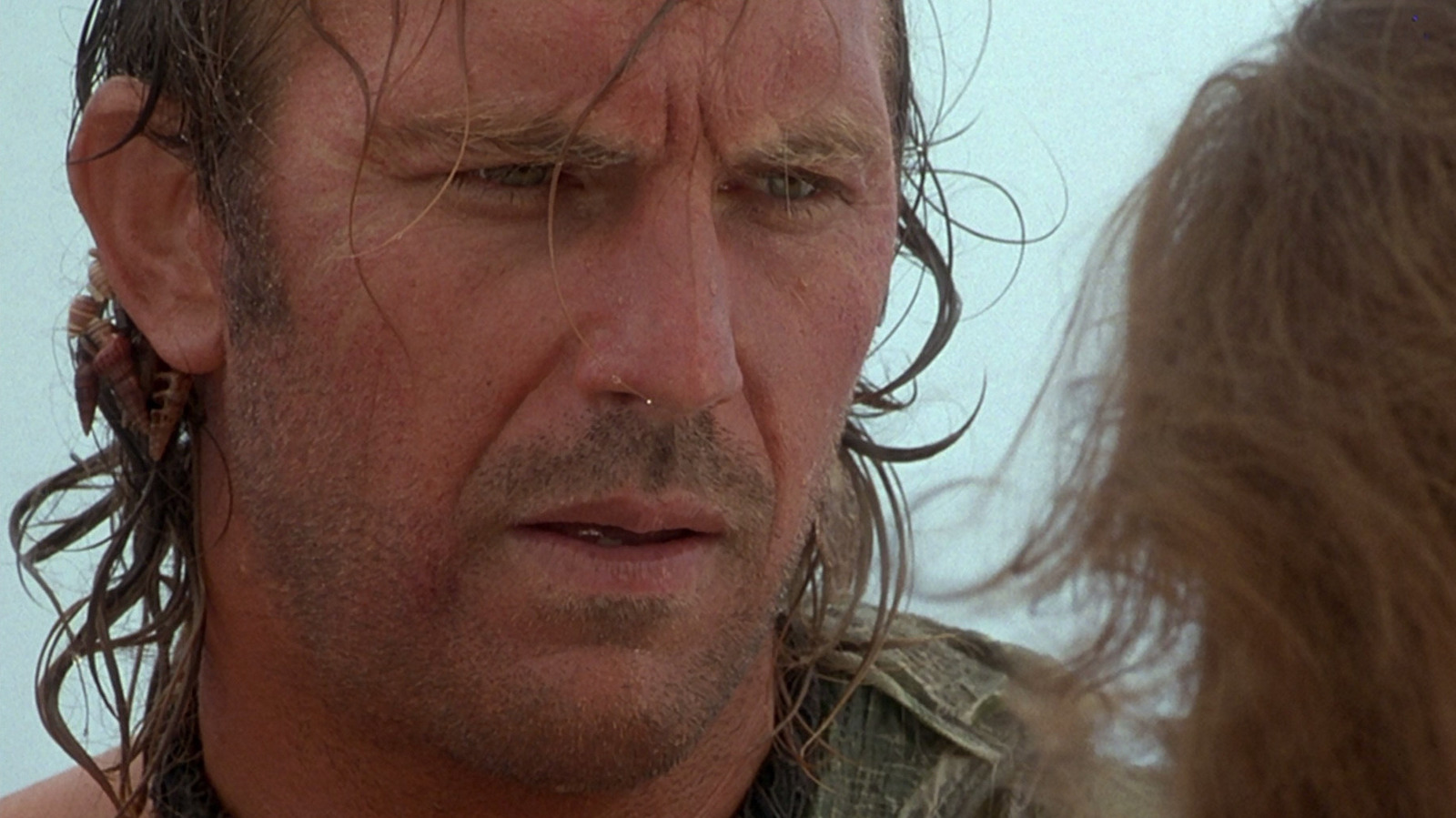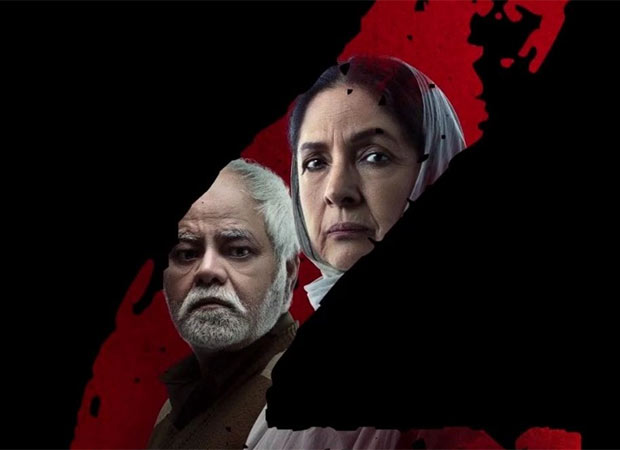Copyright /FILM

Before James Cameron came along, few Hollywood directors knew more about shooting a movie on the open sea than Steven Spielberg. Going against conventional wisdom, the filmmaker learned his lesson the hard way as he headed out to the shallow waters off Martha's Vineyard, Massachusetts, to make his 1975 feature film "Jaws." His adaptation of Peter Benchley's best-selling novel was the first major Hollywood picture to be filmed on the ocean, and Spielberg's ambitious desire for naturalism almost sank the movie and his career. With his knowledge, he was one of the best people to warn Kevin Costner as he was about to star in his infamous 1995 tentpole "Waterworld." Spielberg was lucky enough to get away with it, of course. Despite a troubled production that ran over schedule and over budget, the director somehow wrangled an unfinished screenplay, an uncooperative mechanical shark, and an alcoholic Robert Shaw to create something close to pure movie magic. The finished film was a remarkably assured piece of filmmaking from the young artist and a critical and commercial success, not only becoming the first true summer blockbuster but also earning an Oscar nomination for Best Picture. Spielberg later confessed during an interview with Ain't It Cool News: "I was naïve about the ocean, basically. I was pretty naïve about mother nature and the hubris of a filmmaker who thinks he can conquer the elements was foolhardy, but I was too young to know I was being foolhardy when I demanded that we shoot the film in the Atlantic Ocean and not in a North Hollywood tank." Almost 20 years after "Jaws," Spielberg tried to pass his hard-won wisdom on to Costner and director Kevin Reynolds as they embarked on "Waterworld." But the two Kevins didn't want to listen. "Waterworld" had fairly humble beginnings in the mid-1980s. It was written as a straight-up "Mad Max" rip-off set on the ocean, but it became something far more ambitious when Kevin Costner and his regular collaborator Kevin Reynolds came onboard in 1992. At that point in his career, Costner might have been forgiven for thinking he was capable of anything. After establishing himself as a solid Hollywood leading man in the '80s, he had single-handedly resurrected the moribund Western genre with his Oscar-winning "Dances with Wolves" and followed that by co-producing and starring in another blockbuster: Reynolds' "Robin Hood: Prince of Thieves." Once Costner had earned substantial clout in Hollywood, however, hubris began taking over. He jumped ship from "Tombstone" to compete with "Wyatt Earp" instead, which fared poorly compared to the Kurt Russell-starring film about the Old West legend. Also released in 1994, there was perhaps an indication that Costner and Reynolds were on course for disaster with "Rapa-Nui," a fanciful take on the fate of Easter Island that vanished without trace at the box office. With an initial price tag of $100 million, "Waterworld" was a far larger undertaking. Eyeing up a lengthy and difficult shoot around the shores of Hawaii, Reynolds at least asked Steven Spielberg for his advice before cameras rolled. As screenwriter Peter Rader told Yahoo! Entertainment in 2020, "Kevin said, 'Steven, I'm doing this 'Waterworld' movie, and we're shooting on water. Do you have any advice for me?' And Spielberg was unequivocal: 'Do not shoot on water! You're going to need a couple of shots on water, so use second unit for that. Do all of your coverage in a tank or a stage.'" Undeterred by Steven Spielberg's advice, Kevin Reynolds and Kevin Costner pushed ahead with shooting "Waterworld" on the Pacific Ocean. What followed became a tale of production hell to rival that of 1996's "The Island of Dr. Moreau." At the start of the shoot, a hurricane leveled a very expensive set built for the movie's opening action sequence where the Deacon's (Dennis Hopper) sea pirates lay siege to a fortified atoll where the heroic Mariner (Kevin Costner) reluctantly picks up Helen (Jeanne Tripplehorn) and her MacGuffin-ish daughter Enola (Tina Majorino), who has a map to dry land tattooed on her back. Further production setbacks, including poor safety conditions, bad weather, and difficulties shooting on open water, resulted in the shoot ballooning from an expected 96 days to over 150, with Costner beavering away six days a week for the duration. The lengthy delays and high running costs also saw the budget sky-rocket to around the $175 million mark, making "Waterworld" the most expensive movie ever at the time. Naturally, the press lapped it up, and the film earned the nicknames "Kevin's Gate" and "Fishtar," in reference to Michael Cimino's disastrous "Heaven's Gate" and Elaine May's flop "Ishtar," respectively. Once "Waterworld" arrived in theaters in July 1995, it was greeted with middling reviews. Thanks to the towering budget, additional marketing costs, and other fees, it only just about covered its outlay with a final global box office haul of $264 million. Overall, it was a poor return for such a huge amount of time, effort, and money, and the film became regarded as one of the worst bombs of the '90s. Perhaps the moral of the story is that if Spielberg offers you advice, you should take it.



